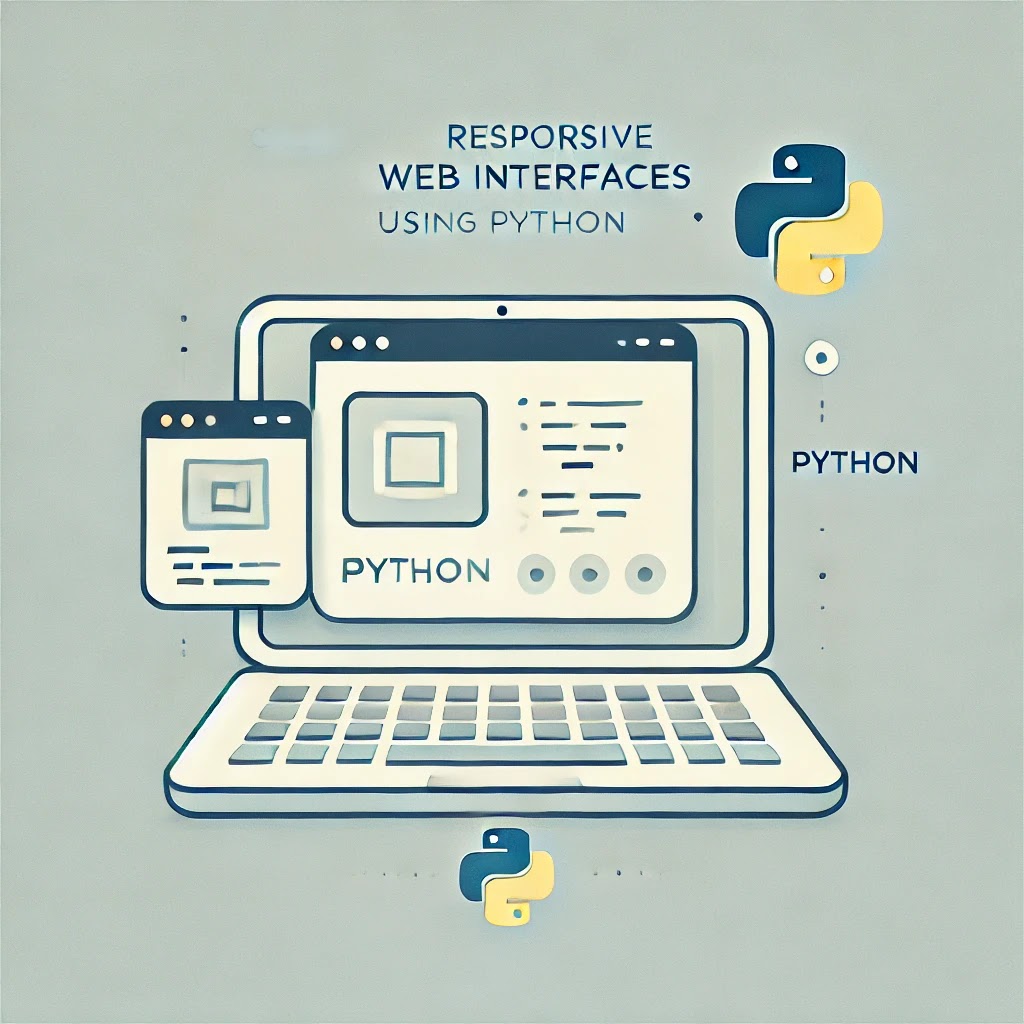Artificial Intelligence (AI) has been one of the most talked-about technologies in recent years, promising to revolutionize industries, enhance productivity, and even solve some of the world's most pressing problems. However, as the initial excitement wanes, we are beginning to experience what some are calling the "AI hangover." This blog post delves into the various facets of this phenomenon, exploring the reasons behind the hype, the subsequent disillusionment, and the long-term potential of AI.
The Hype and Its Consequences
Overhyped Short Term, Underhyped Long Term
AI stocks have been a focal point of market exuberance, with companies like Palantir and Cloudflare experiencing significant market reactions to their earnings reports. However, this short-term hype often overshadows the long-term potential of AI, which remains underappreciated. From a fundamental perspective, signs are emerging that the narrative is shifting from the upside to the downside of AI adoption.
The Pressure on AI Engineers
The rapid pace of AI development has put immense pressure on engineers at top tech companies. Many are experiencing burnout as they rush to roll out new AI tools, often without considering the broader implications such as climate change and surveillance. This relentless pace has led to a growing public distrust in AI, further complicating its adoption.
Ethical and Implementation Challenges
AI is not a one-size-fits-all solution. It requires careful planning, ongoing management, and often more work than initially expected. Blindly implementing AI for the sake of it is not the answer. The technology's ethical controversies and implementation hurdles have become significant obstacles, leading to what Gartner calls the "trough of disillusionment"
The Reality Check
The Drawbacks of Generative AI
Generative AI, despite its promise, has significant drawbacks. The models are costly to train and integrating them into organizational workflows is a considerable challenge . Moreover, these models can sometimes be very wrong, leading to potential cybersecurity headaches
The Importance of Human Collaboration
AI's value lies not in replicating human intelligence but in amplifying it . As the complexity of automation increases, the involvement of human participants becomes more critical . Trusting human agents and understanding their workflows can help identify areas for improvement and ensure that AI tools are used effectively.
The Long-Term Potential
Despite the current hangover, AI is here to stay . The technology has the potential to transform industries and drive innovation . A St. Louis Fed study compared the pace of AI adoption to other technologies like personal computers and cloud computing, suggesting a similar pattern of diffusion . Investors are advised to be patient and focus on the long-term potential of AI .
The Positive Impact of AI
Saving Lives and Tackling Climate Change
AI is already making significant contributions in various fields. For instance, it is saving lives by analyzing medical scans with superhuman accuracy . Additionally, AI is powering sustainable energy solutions and tackling climate change with algorithms smarter than our collective carbon footprint.
Enhancing Productivity
Generative AI tools like ChatGPT can significantly improve productivity, especially for higher-skilled tasks . These tools can make higher-skilled workers quicker and lower-skilled workers both quicker and better at their jobs . This improvement in productivity could potentially allow lower-skilled workers to compete with highly skilled and more expensive workers.
The Future of Work
AI's impact on job quality and the future of job creation and growth is still uncertain . However, the technology could provide better options for training workers with new skills, particularly in the technology sector . Employers and governments need to embrace job retraining programs to mitigate the potential job displacement caused by AI.
Navigating the AI Hangover
Strategic Implementation
Navigating the AI hangover requires strategic implementation. Companies should focus on augmenting decision-making and providing critical thinking and insights . Moving to a paperless factory and capturing robust, real-time data can enhance decision-making and continuous improvement.
Addressing Employee Fears
The rise of AI has caused a mixture of excitement and fear among employees . Companies should help their employees navigate where they can best apply their skills and develop new ones simultaneously . Providing comprehensive education and training programs, fostering open communication, and emphasizing human-machine collaboration are essential steps.
Ethical Guidelines and Data Protection
Establishing clear ethical guidelines and robust data protection measures is crucial for the responsible use of AI . Promoting diversity and inclusion in AI development and deployment can also help address some of the ethical concerns
.
Conclusion
The AI hangover is a natural phase in the technology's lifecycle. While the initial hype has led to some disillusionment, the long-term potential of AI remains immense. By addressing the ethical, implementation, and employee-related challenges, we can navigate this hangover and unlock the transformative power of AI. The key lies in strategic implementation, ongoing management, and a focus on human-machine collaboration.
AI is not going away; it's on the upswing . As we move forward, it's essential to recognize both the opportunities and the challenges that come with this powerful technology. By doing so, we can ensure that AI serves as a force for good, driving innovation and improving lives.












No comments:
Post a Comment